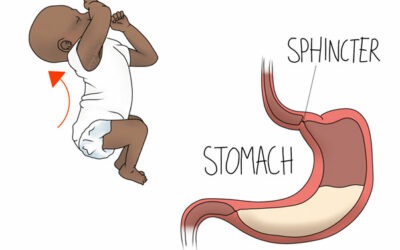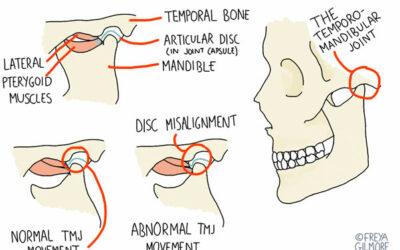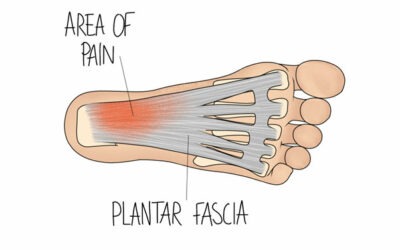 We’re hitting that time of year when winter sports enthusiasts hit the slopes. Since the majority of people who jet off on skiing holidays are not trained skiers, injuries are common.
We’re hitting that time of year when winter sports enthusiasts hit the slopes. Since the majority of people who jet off on skiing holidays are not trained skiers, injuries are common.
While skiing and snowboarding are more likely to result in injuries to the knee or the upper body, stress on the lower back can also produce or worsen a lower back condition. Lots of twists and jerks to the spine in winter sports can cause stress to the spine and the soft tissue structures connected to and supporting the spine.
To avoid injury on the slopes, preparation is key. It’s a good idea to boost your fitness and get your body ready for spending hours on the slopes by training for at least six weeks before your holiday. Strengthening the bottom and thigh muscles can help reduce the risk of some knee injuries. Strengthening the hips and core body muscles is also good for gaining extra stability and rotation.
If you have weak hip muscles or muscular imbalances around your hips, this could transfer some of the stress of skiing to your lower back. The same goes for the core muscles – if they are untrained or out of shape, they won’t be able to stabilise your spine as you ski and your back will be at greater risk of injury.
So if you can, prepare your body for the exertion of winter sports. And here’s some more advice for enjoying your ski holiday and returning home injury free:
- If you have a pre-existing back problem, consider taking lessons from a ski instructor who has experience of working with people with back conditions. A good instructor will also take time to show you how to fall safely to avoid injury.
- Be sure to warm up properly before you head off onto the slopes – spend a bit more time stretching your muscles and ligaments to avoid injury. A longer warm-up period may be necessary in cooler temperatures to allow for thorough stretching.
- As you ski, try to distribute your weight across the whole of your foot, rather than into your heel or the ball of your foot. This will help you to retain your balance.
- After a day on the slopes, ice any painful areas. If you have muscle pain, take a whirlpool or hot tub after skiing.
- And take care when you first arrive home – because of the sheer fatigue of skiing, you need to allow your muscles time to recover from the stresses they’ve experienced. While they recover, you will be more susceptible to back injuries.
It’s a good idea to book yourself in for a remedial massage treatment upon return from a winter sports holiday. When the muscles are fatigued, they’re more prone to injury. A good massage can unravel the stresses and strains of overexertion on the slopes and give your muscles some much needed TLC when they are at their most vulnerable.
An osteopathic MOT is another great idea. Our osteopaths will give you a thorough screening from head to toe following your skiing holiday to identify any problem areas and treat dysfunction in the joints.
To make an appointment, just contact us.



0 Comments